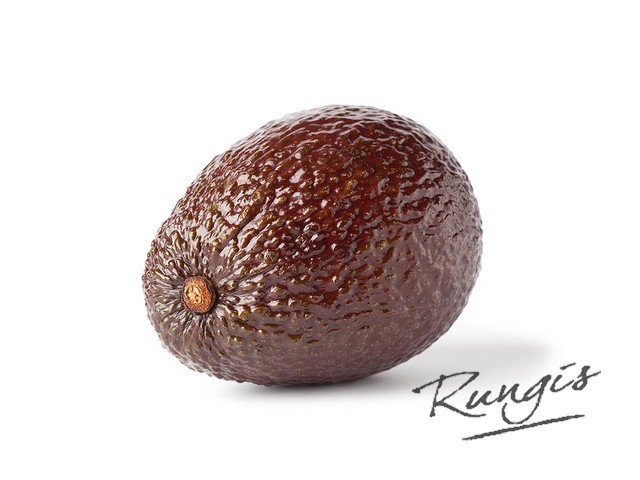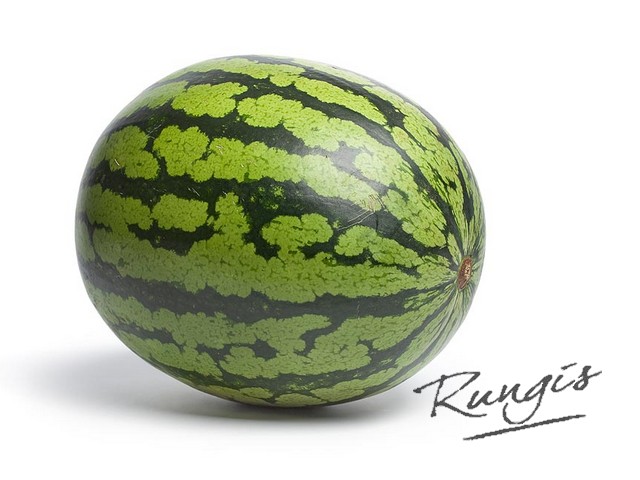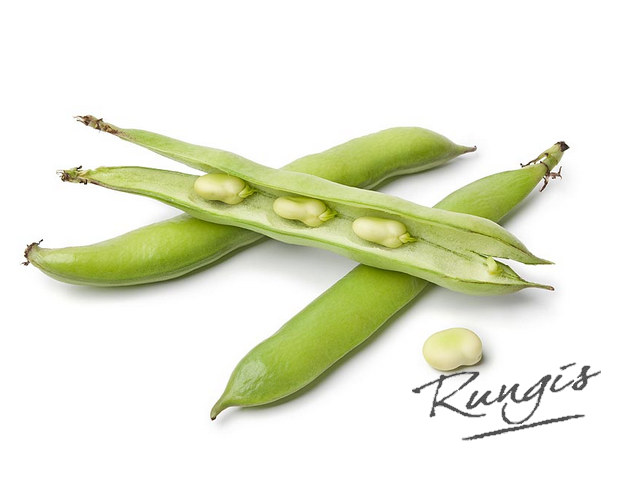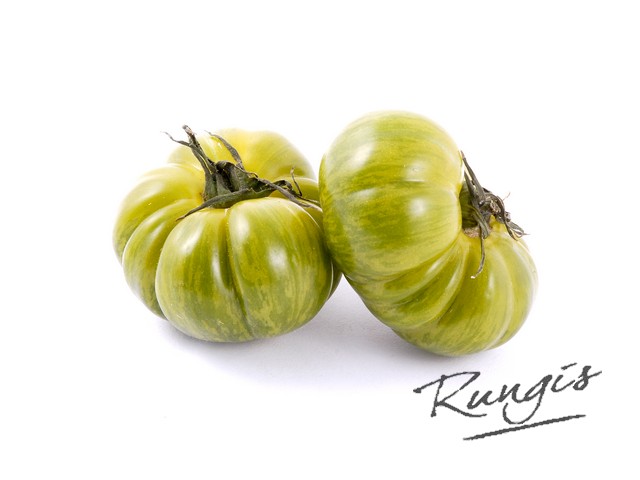Sidney Schutte
Sidney Schutte is executive chef at Hilton´s Librije´s Zusje at Waldorf Astoria
Risky: Tulip bulbs on the menu
‘They make sure that this dish with avocado, lemon geranium, sake, rose and watermelon gets that extra bite and crispiness. We put the bulbs in acid for over three months. The longer we keep them in, the better they taste.’
You seem to be a beetroot wholesale customer…
‘Definitely in combination with young fresh mackerel. We squeeze and reduce them. Subsequently we add pineapplejuice, bay leaves and sesame seeds. This combination creates a fermented, fresh juice. Just what the mackerel needs. We also cook, marinate and dry the beetroots to create some kind of winegum. You can apply this technique onto every type of vegetable, but in this case you create an absolute flavour explosion.’
What do you look forward to?
‘The asparagus, the most beautiful vegetable we have in the Netherlands. But i also love broad beans, peas and celtuce, a species originally from China. I like the celtuce due to the particular structure and slightly creamy taste that tends to pandan leaf. You can still find the celtuse on my menu, just because i like it to much to remove it.’
Anything else..?
‘The cucumber flowers from our regular grower Eef Stel, his basiltomatoes with tiger stripes and the green, red and yellow tomatoes from Rungis which comes in all shapes and sizes. Some species you just have to eat te way they are, without marinating. They are so sweet and aromatic it would be a sin.’
The asparagus is the most beautiful vegetable we have in the Netherlands
What is it that you like about working with Rungis?
‘Their flexibility. That’s very usefull considering the hectic in the kitchen.They don’t let you wait an entire week before something’s there. They know: vegetables are the base for making a great dish. But also because of their huge assortment. They have everything, from small farmers to international products.’
How did you experience the supply in your Hong Kong time?
‘We had an amazing selection in Amber, the restaurant of Richard Ekkebus. Hong Kong is located right in the middle of Australia, New Zealand, Japan and Europe. Tomatoes from Japan cost six to seven euros and look like peaches. They are packed seperately, brought in a basked and the first time you get them you think: ‘what the…’ You can really taste ‘the next level’. This also applies to the melons. The ones of 120 euros each, the taste is extraordinary!
Therefore Japan has such a pure kitchen, with the best ingredients you have to do as little as possible. In the Japanese three-star restaurants they serve melon for dessert. Your first thought: oh, melon, but one of those slices looks so pretty and the taste is something out of this world.’
You probably had to get used when you returned…
‘Fortunately a lot of things are changing in the Netherlands. There are more and more farmers doing their own thing and they are not participating in the mass. Looking at some organic markets in Amsterdam you’re probably like, wow! We’re doing a lot of catching up in the foodindustry.’






